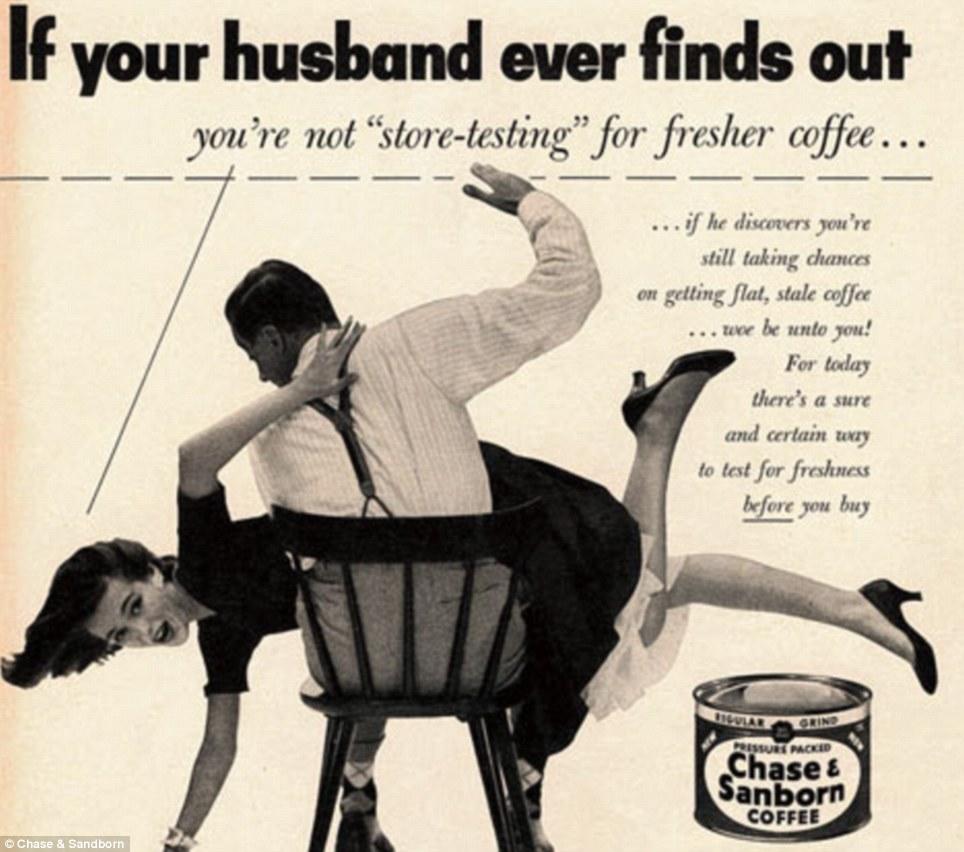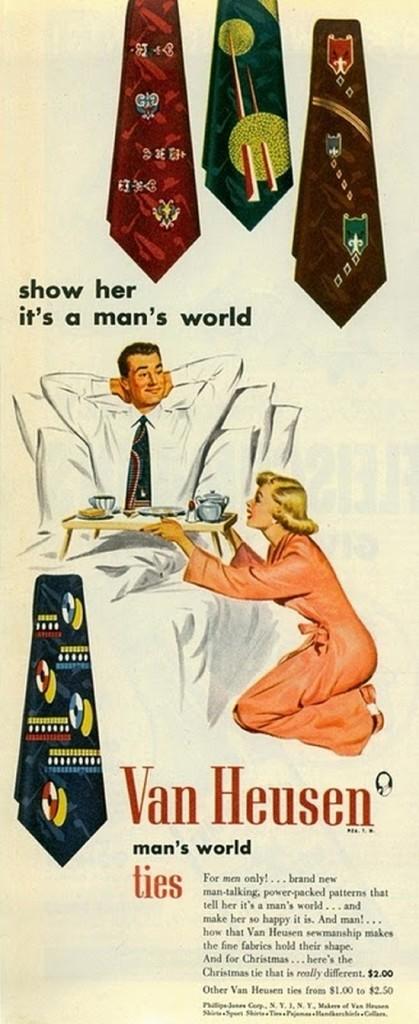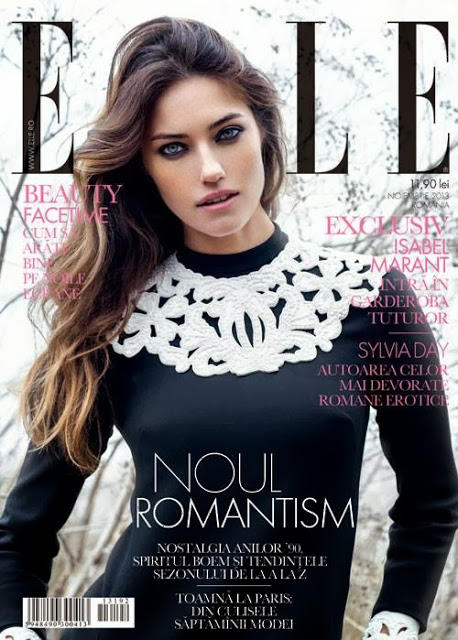Abstract
Advertisements are an avenue through which organizations are able to entice their target audience to purchase a commodity or take to a particular initiative. Given that the process is part of a marketing initiative, communication is a key element. In this paper, feminism emerged as one of the most contentious issues revolving around advertising. In the paper, the author discussed how the whole process of advertising and feminism is depicted in print advertisements. The author made comparisons between advertisements in the 1950s and contemporary ones. The objective was to determine whether the issue of feminism has faded away or was just modified to satisfy the opponents.
Introduction
Advertisements are very important to the progress of any contemporary organization. They act as the interface through which the producers of a given service or commodity interact with their clients (Williamson, 1978). In such cases, the producer intends to entice the client in the best way possible. The intention is to persuade the target audience to consume the service or commodity advertised. Depending on the platform employed by a producer, certain impressions are created through the said advertisements. A successful advertisement will succeed in creating a positive impression on the consumers. The consumers will be convinced to purchase the service or commodity advertised. On the other hand, an advert may end up creating a negative impression among the consumers, discouraging them from consuming the commodity. There are different forms of advertisements that are used by producers to reach out to their consumers. Williamson (1978) suggests that both print and electronic media are avenues used by marketers to carry out campaigns to promote various initiatives, products, and services they offer to consumers.
The current paper is written against this background of advertisement campaigns carried out by producers and targeted at consumers. In this paper, a comparison is made between advertisements in the 1950s and modern day advertisements. The consumerism behavior of capitalist North America has been overtaken by events partly due to the dynamic nature of advertisements (Heath & Potter, 2006).The advertisements analyzed and compared in this time frame are for different commodities. The commodities range from fashion and food to entertainment. The advertisements selected have a number of characteristics setting them apart from one another. However, they have one major characteristic that is common to all. The common characteristic is the advertisements’ illustration of feminism in the media (Goldman, 1992). The advertisements illustrate the general concept of feminism in print advertisements. Consequently, a comparison is made between the earlier and present day versions of the advertisements selected for review in this study.
The author has one major objective in making this comparison. To this end, the comparison made seeks to demonstrate that feminism has persisted in advertisements in spite of a number of changes in mainstream media.
Advertisement and Feminism
As already indicated above, many changes have taken place over the years with regards to advertisements. One of the changes is evident in traditional feminism in advertisements. To this end, there have been changes in the manner in which sexual stereotypes are depicted in media. For example, Feasey writes, “…after all, even though the Lynx adverts refuse to uphold the hegemonic ideal of the strong, capable and powerful working male, what they do show is the sexual success and mating prowess of the young male protagonist” (Feasey, 2009, p. 367).
In the essay, the problem statement is argued out by analyzing key elements of the advertizing process. Based on the sentiments of Goldman (1992), the author takes a closer look at commodity form and commodity feminism. Williamson (1978) uses the advertizing ideology to argue that feminism is modified to be politically correct. Other elements that are discussed in this paper include stereotypes and authenticity in advertising.
Commodity Form
Goldman (1992) is of the opinion that advertising is a multi-faceted phenomenon. One of the facets is commodity form, which is also one of the principles applied in marketing. The scholar uses this principle to highlight the relationship between man and commodities. The scholar suggests that man is enslaved by his love for the various commodities in the market today. Man would like to own the commodities advertised.
Advertisements, in a way, contribute significantly to the way humans lose self- control and develop a fetish for commodities. According to Aeker (1995), marketers focus on building a brand that will resonate with their intended consumers. Consequently, they tend to exploit themes that will best build their brand. The same explains why advertising agencies apply a number of tactics to convince consumers to purchase their products. One such tactic employed by these agencies is the incorporation of feminism in advertisements.
Goldman (1992) affirms that the exchange of goods and services is amplified by producers and marketers through advertisements. The writer goes further to suggest that advertisement has the possibility to transform items that were not initially considered as commodities to ‘actual’ commodities. In this regard, advertising acts as an avenue of expanding commodity form (Goldman, 1992). It increases the range of items considered as commodities in the market. Commodity expansion is achieved as a result of, among others, the images put out to the public through advertisements. The images are made to appear as if they are the actual commodity. A case for feminism is developed from such a perspective.
Commodity Feminism
According to Goldman (1992), the subject of feminism, as depicted in the media through advertisements, has always attracted a lot of controversy. The issue is particularly controversial among the women folk in the society. In the 1980s, the society was made to believe that both men and women are equal. To this end, women, today, find it unfair to be depicted as trophies or inferior parts of the society. Goldman (1992) suggests that between 1950 and 1980, advertisements depicted women as sexual objects in the society.
Most depictions of women in advertisements used the female body as a sexual lure to entice customers and convince them to purchase a given product. Ries and Ries (2002) argue that in the creation of a brand, marketers make use of tools that resonate with the mental faculties of customers. Sexuality is a phenomenon that resonates with many individuals in a society. To this end, advertisements in the modern era have redefined woman sexuality by giving it a professional connotation.
In the 1950s, sexism was an accepted norm in the society. Goldman (1992) suggests that members of the community were comfortable with women being depicted as domestic players in the societal matrix. A case in point is the popular advertisement Chase and Sunborn Coffee (see figure 1). The print advertisement illustrates what appears to be the acceptance of domestic violence against women.

The illustration in the advertisement is that of a woman on a man’s lap. The man appears to be spanking the lady in the advertisement. One would expect the lady to be struggling to free herself. But this is not the case. Interestingly, the lady has a wide smile on her face. She appears to be enjoying the treatment. The implication here is that at the time, such kind of ‘cruel’ treatment against women was acceptable.
Goldman (1992) is of the opinion that a depiction of women in advertisements is a historical representation of their everyday life in the society. To this end, advertisers tend to capitalize on a topic that is trending in a particular era. The aim is to capture the imagination of the audience and make them identify with the advertisement. The Chase and Sunborn Coffee advertisement lived up to its expectation by ensuring that consumers bought the commodity. At the same time, the advertisement affirmed that unfair treatment of women was not a big deal. Ultimately, Goldman (1992) suggests that feminism is a commodity in advertizing.
In the 1950s, women were expected to be submissive and obedient to their men. Consequently, there were advertisements that created a feminist impression of women playing second fiddle to men. In this regard, the commodity created, as suggested by Goldman (1992), is that of a woman being the embodiment of submissiveness. The same explains why an advertisement like Van Heussen Ties resonated with many consumers at the time (see figure 2). The society expected the wife to be submissive to her husband, as depicted in the advertisement. The impression created is that a woman should be more of a servant than wife to her husband.

The Advertisement Ideology
Williamson (1978) suggests that advertisements play a significant role in shaping the culture and general wellbeing of any society. To this effect, the author suggests that, “…they (advertisements) are ubiquitous and inevitable part of everyone’s life. Even if one does not watch the television or listen to the newspaper, images posted in our urban surroundings are inescapable” (Williamson, 1978, p. 11).
Advertisements are an inevitable part of our society. Their existence is a significant component of our lives (Williamson, 1978). To this end, advertizing agencies will always desire to use aspects of human life that are discussed by many people. The aim is to popularize whatever campaign that is being advanced. Feminism increasingly became a controversial subject in the 1980s. Feminist campaigners were castigating the ideology of making women’s inferiority seem like a normal way of life.
According to Marchard (1985), the main ideology behind advertising is to make it act as a marketing strategy for a company or an initiative. Feminism in advertisement is, as a result, used as a gimmick meant to market a commodity or a particular campaign. The tactic has faced a lot of opposition. However, the opposition notwithstanding, feminism is taking a different orientation in contemporary society (Williamson, 1978). The woman is still idolized, albeit in a professional manner (see figure 3). To this end, Marchard (1985) illustrates that innovativeness is a key ideology that informs advertising.

A look at November 2013’s edition of Elle magazine reveals that feminism appears to have been rebranded. Such a rebranding is an affirmation of its relevance to the industry.
Authenticity in Advertising
According to Goldman and Papson (1996), advertisements are expected to be as authentic as possible. The implication is that the illustrations brought forward in a given advertisement must be an accurate depiction of a society’s culture. A look into the Van Huessen Ties advertisement depicts feminism in mass media. However, at the time, the idea of women playing second fiddle to men was more acceptable as compared to today. Thus, submissiveness is an authentic depiction of the feminist society of the 1950s.
In contemporary times, and in print advertisements in magazines like Elle, women are still depicted as objects of sexual gratification. The glamorous aspect of a woman is still there in many such advertisements. According to Goldman and Papson (1996), advertising agencies rely on authenticity and innovativeness to accurately depict feminism. The same explains why glamorous advertisements in magazines like Elle feature women as objects of glitz and glamour. However, there are slight differences between feminism in the 1950s’ advertisements and in today’s marketing campaigns. The difference is that current advertisements have removed the woman from the kitchen to the studio (Feasey, 2009).
Feminism and Gender Stereotypes
Contemporary advertisements aired on television and on radio enjoy less airtime compared to the ones in the 1950s. Feasey (2009) suggests that the short duration is the reason why sex stereotypes dominate modern advertisements. Consequently, the depiction of women in sexual situations is used to pass across a message to the audience. Such a depiction affirms the age old stereotype about women. One wonders whether or not advertisers have heeded the call of feminist campaigners to stop such advertisements.
The average length of a television advertisement has reduced significantly over the years (Feasey, 2009). The length “has reduced from one minute in the 1950s and 1960s to just 15 seconds today” (Feasey, 2009, p. 359). Craig (as cited in Feasey, 2009) explains this point further. According to this scholar, advertisements aired on television aim at exploiting fantasies, myths, and uncertainties associated with gender. However, this does not mean that television advertising determines sex roles in the society. On the contrary, the advertisements reflect the prevailing situation at that particular time (Feasey, 2009).
Stereotypes around sexuality and women reveal that feminism will persist into the foreseeable future. It appears that such magazines as Vogue and Elle are rebranding feminism. Rather than painting women as domestic slaves (like in the Chase and Sunborn Coffee advertisement), rebranded feminism intends to empower women. Feasey (2009) suggests that the stereotype of women being sexual objects can be transformed to help advance positive campaigns. It is one way of rebranding feminism.
Another sexual stereotype propagated by advertisement agencies is the use of male models to depict women’s attention seeking nature. In this regard, Feasey writes,
“Irrespective of the ways in which the men in these adverts either seek to attract or shy away from female attention created by the product range, or what has in short been termed ‘the Lynx effect’, what is most evident here is not only the similar size, build and physique of these young, white, clean-shaven men, but their status and position in society” (Feasey, 2009, p. 365).
The impression created by Feasey (2009) is that women are still depicted as inferior to men. However, the same women are given roles that are almost similar to those played by men in the society. Modern advertisements are slowly shunning away from the traditional approval of domestic violence as was the case with the Chase and Sunborn Coffee advertisement. That notwithstanding, modern advertisements still depict feminism using male sexual stereotypes.
Conclusion
The discussions made in this paper illustrate that over the years, feminism has remained a significant part of the whole advertisement process (Goldman, 1992). From the findings made, it is clear that abuse of women was acceptable in the 1950s. At that time, the society paid little attention to matters touching on sexism. Goldman (1992) says that as the society progressed into the 21st century, a need was felt to make both men and women equal.
A look at the need for authentic advertising necessitated the shift in feminism. The implication here is that advertisements seek to depict the actual happenings in a given society. Consequently, certain feminist characteristics of the current society will be used in advertisements. In conclusion, this paper finds that feminism is far from being truncated from advertisements.
References
Aeker, D. (1995). Building strong brand. Michigan: Free Press.
Blattman, E. (n.d). Vintage commercials and advertisements. Web.
Feasey, R. (2009). Spray more, get more: Masculinity, television advertising and the Lynx. Journal of Gender Studies, 18(4), 357-368.
Goldman, R. (1992). Reading ads socially. London: Routledge.
Goldman, R., & Papson, S. (1996). Sign wars: The cluttered landscape of advertising. London: The Guilford Press.
Heath, J., & Potter, A. (2006). The rebel: Why culture can’t be jammed. Ontario: Harper Collins Publishers.
Insight By Us. (2011). Female sexual objectification. Web.
Marchard, R. (1985). Advertising the American dream: Making way for modernity, 1920-1940. California: University of California Press.
Ries, A., & Ries, L. (2002). The 22 immutable laws of branding. New York: Harper Business.
The Gossip Wrap-up. (2013). Coverin’ it: Nadejda Savcova on Elle Romania. Web.
Williamson, J. (1978). Decoding advertisements: Ideology and meaning in advertising. London: Marion Boyars Publishers Ltd.